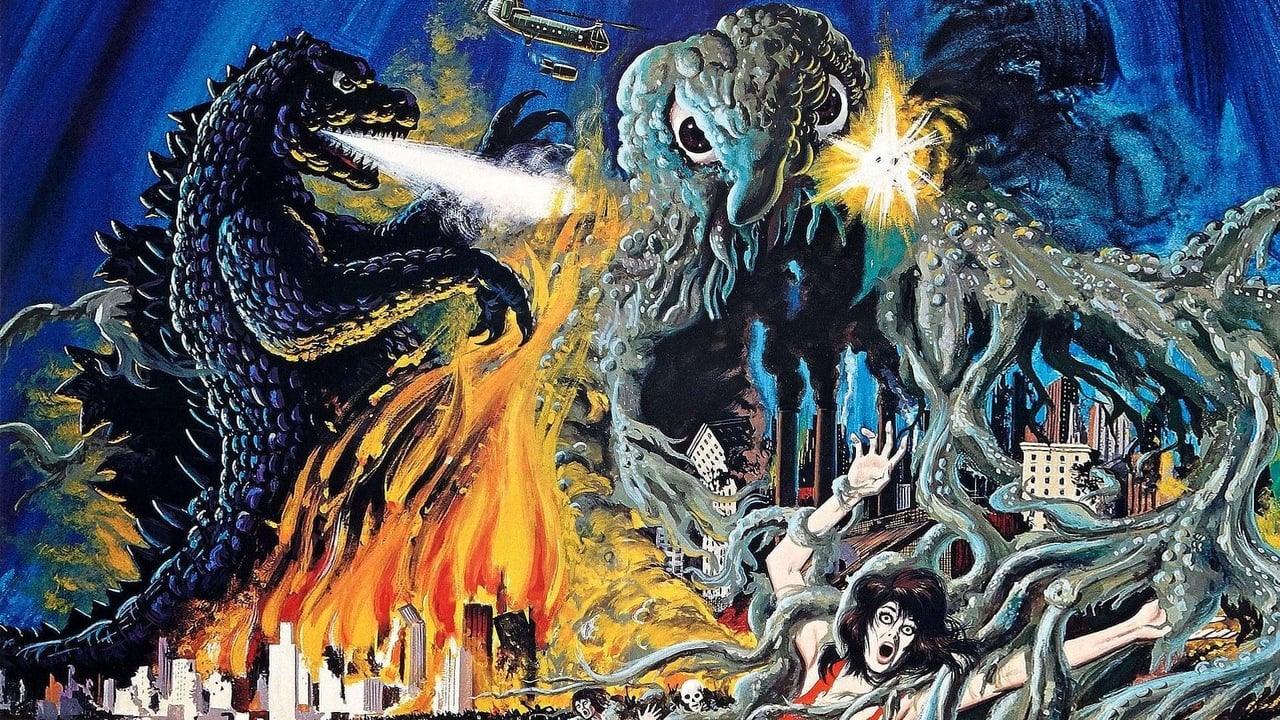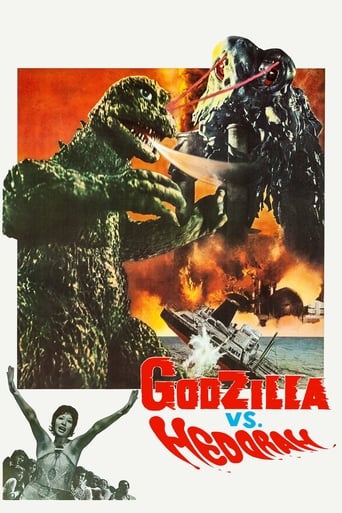

Very well executed
... View MoreExcellent, smart action film.
... View MoreI am only giving this movie a 1 for the great cast, though I can't imagine what any of them were thinking. This movie was horrible
... View MoreClever and entertaining enough to recommend even to members of the 1%
... View MoreThis is a surreal experience and the strangest Godzilla film I've seen... I laughed so hard at this film out of pure enjoyment rather than mockery.It serves as a warning to children (and, of course, everyone who watches it) of the dangers of long-term pollution. There are amazing scenes highlighting environmental problems that are served in a variety of creative ways.Godzilla is hilarious in this film.Do not make the same mistake I did and watch the film with the brightness on half, I actually watched it the first time thinking you weren't supposed to see anything in the night time scenes... turned the brightness up and realised!
... View MoreThe best Godzilla movie is the remake from 1998. If you do not agree that's OK you don't have to. But if mad about get over it jerks. This a very good movie even if jerks like it. It is the 11th Godzilla movie. It is not as good as the 1st Godzilla movie Godzilla king of the monsters. It is not as good as the 8th Godzilla movie Son of Godzilla. It is not as good as the 16th Godzilla movie Return of Godzilla also known as Godzilla 1985. Still a very good movie. Very entertaining. It is not as good as part 24 to the Japan series Godzilla vs M.e.g.a.g.u.i.r.us. It also not as good as Part 25 to Japan series Godzilla M.o.t.h.r.a and king G.h.i.d.o.r.a.h giant monster on an all out attack. Still a very good movie.
... View MoreAfter the absurd travesty of the previous installment, Godzilla needed something familiar yet fresh. We got a film that has split many a fan. It brings a dark warning about pollution, as Godzilla's latest foe is created from man's ignorance. As Godzilla arrives to destroy the monster, should we take this as a suggestion to use nuclear mistakes to clean up current ones? Probably not, as is delightfully portrayed in the stunning opening shots as a young boy plays with a Godzilla action figure. This clearly illustrates his place as a commercial saviour of the world. Hedorah is a great villain. He can change forms, and really causes a lot of damage. His gunk and gas is able to physically deform humans forever. This dark reveal is presented in the opening scenes as a father and son are scarred. The whole film has a bizarre 60's funk thing going for it. Bizarre musical interludes, PSA cartoon segments, and scenes that would fit into an Austin Powers movie. It's darker than some of the previous Godzillas, but it's also a lot more fun at the same time. A nice offering for the series, though the flying segment at the end should have been cut.
... View MoreThis is the worst Godzilla movie I've seen so far. In fact, it's so bad... I've been showing friends scenes from the movie so we can laugh at it together. This movie... in all seriousness... is Godzilla vs. a s*** monster. Literally, a s*** monster. The film is supposed to give the message that we have to stop polluting the environment, or it'll kill us. The result is the s*** monster, Hedorah, which rises from human waste. The problem with this movie isn't the plot... I actually think it has a very interesting plot. The problem is the execution. The way in which the film was shot and handled was weird, goofy, and just plain ridiculous.EXAMPLESContinuous repetitive use of shots of garbage. - Hedorah's magical wonder twin powers. - Long unnecessary scenes that don't go anywhere. - Drowning Godzilla in diarrhea. - The science makes no sense, even for Godzilla. - Sulfuric acid turning people funny colors, and why does Hedorah shoot out sulfuric acid? - Random animations. - Most of the fight scenes are Godzilla and Hedorah standing across from each other making hand gestures and blinking. How riveting. - The ending just goes on... and on... and ON!!! - Just when you think it's over, a TWIST!!! That makes NO SENSE!!! - And psychedelic, early 70's Bulls***.And the ultimate WTF moment...Godzilla FLYING. This movie gets a 1. It is a grueling chore to watch, unless you skip to the most goofy scenes and make fun of them. Like Godzilla flying. Or Godzilla ripping off what I can only describe as Hedorah's testicles.I only recommend it if you want to get drunk with some buddies and play a game of MST3K home edition.
... View More